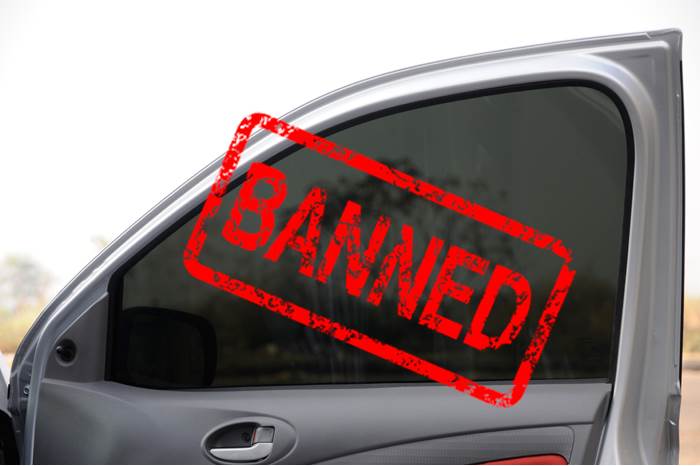The Supreme Court of India has banned the use of automotive sun-control film completely, across the country, effective from May 19. The ruling comes as a shock to the Rs 150-crore industry that could close down overnight once the ban comes into effect.
Traffic police in various cities have already started notifying car owners to remove the sun film from their vehicles. Failure to do so will attract a penalty of Rs 100 for the first offence and Rs 300 for the second, and could also include seizure of your driving licence for repeated offences.
The Supreme Court’s decision has been made to curb crimes committed using the opacity of sun film as a cover. But the advantage of sun film in this tropical nation cannot be ignored and motorists will face the brunt of this ruling.
Dealers haven’t yet received orders from manufacturers to stop selling sun film and all the dealers we have spoken to still sell it.
However, car manufacturers will continue to tint glasses, as there is no ban on this. For those confused between tinting and film – tinting is adding a tinge of colour to the glass itself during its manufacture, and this is factory fitted when you buy a new car. Sun-control film is an accessory applied to the car after its purchase. The problem with the latter is that it is difficult to tell if the sun film you are buying actually complies with opacity regulations.
The Supreme Court ruling allows the tint of the front and rear windshields with 70 percent Visual Light Transmission (VLT) and side glasses with 50 percent VLT, but without any additional material applied to the glass.
So apart from window glass tinted from the factory, no additional sun protection can be added to your car’s windows. However, if you are provided with Z or Z+ security, you may be granted exemption from this law.



Comments
Member Login
Personal Details
Tokershi Bharani - 983 days ago
Will the Supreme Court listen to the fact that the control of heat in a car in a sub - tropical climate like India will save thousands of crores of Rupees in less use of petrol/design due to lower air-conditioning use besides better efficiency and maintenance of vehicles. Or has this reason already been rejected by it.